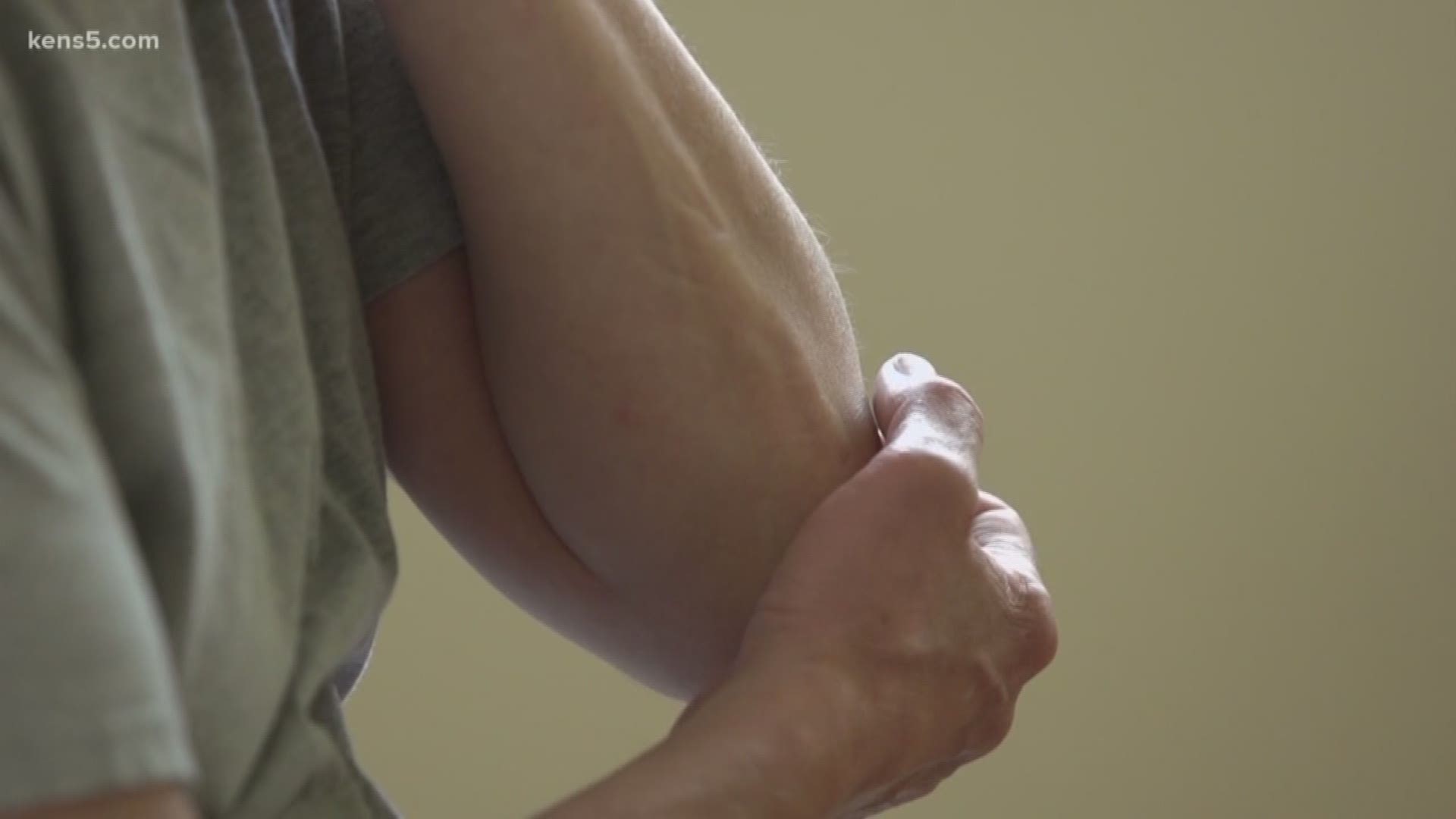SAN ANTONIO — Juvenile arthritis is an inflammatory condition that can develop in children under the age of 16, and affects nearly 300,000 children in the U.S.
When most people think of arthritis, they think of older people with the condition, but kids can get it, too. “Similar to rheumatoid arthritis as adults, it’s an inflammatory disease that affects mostly joints and leads to joint stiffness, swelling," said Dr. Anthony Infante, a Professor of Pediatrics at UT Health San Antonio. He also sees patients within the University Health System. He said the cause is largely unknown, but there is likely a genetic component and environmental triggers. “Things like infections, maybe trauma, maybe environmental chemicals or other substances.”
But how do you know if it is arthritis, and not just typical wear and tear? To know the difference, some of the signs of juvenile arthritis could be redness around the joint, swelling in the same area, and it could even be warm to the touch. “Sometimes, you will get some transient swelling just from overuse, walking along or playing competitive sports," Dr. Infante said. "You will elevate the leg, for example, you will put some ice on it for the swelling, and the pain will go away.
Juvenile arthritis is a chronic condition, meaning it can last for months, or in some children, for years, and if not treated, even a lifetime for some of those diagnosed. “The textbooks say about half of kids will eventually not have joint symptoms as adults, but that still leaves about 50 percent of children who are going to have some degree of arthritis," Dr. Infante said.
That’s why catching it early is key. "So that not only are the symptoms of pain and swelling addressed, but the disease process is arrested so they don’t have the long-term consequences," said Dr. Infante.
For more information about family health call 210-358-3045. You can also find the rest of Wear The Gown stories, just go to WearTheGown.com.

